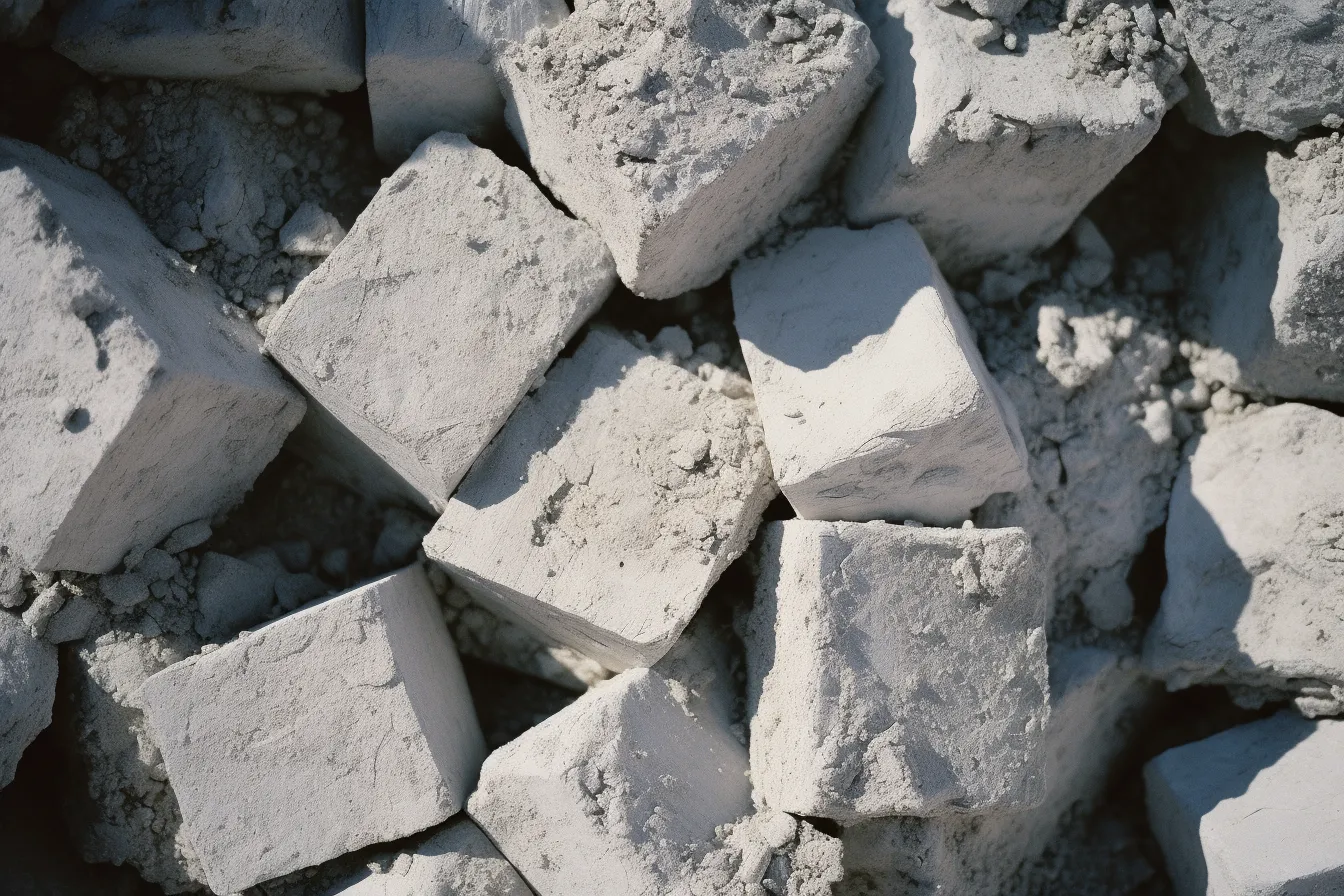Concrete is a widely used construction material known for its durability and strength. However, one common issue that often arises is the formation of cracks. These cracks not only compromise the aesthetic appeal of the structure but can also lead to significant structural problems if left unaddressed. In this article, we will explore the various causes of concrete cracks and provide you with effective prevention measures to ensure your concrete remains intact and crack-free.
The Causes of Concrete Cracks:
There are several factors that contribute to the formation of cracks in concrete. Understanding these causes is crucial in order to implement appropriate preventive measures. Let’s dive into the most common culprits:
1. Excessive Water Content:
Concrete requires a specific water-to-cement ratio for optimal strength. When this ratio is exceeded, the concrete becomes overly porous, leading to the formation of cracks. Controlling the water content during mixing is essential to prevent excessive cracking.
2. Incorrect Curing:
Proper curing involves maintaining moisture in the concrete for an extended period. Inadequate curing or premature drying can result in rapid shrinkage, causing cracks to form. It is crucial to follow the recommended curing practices to ensure the concrete sets and hardens uniformly.
3. Rapid Temperature Changes:
Extreme temperature fluctuations cause concrete to expand and contract rapidly. This thermal movement can create stress within the structure, eventually resulting in cracks. Providing expansion joints or using temperature-resistant concrete can help mitigate this issue.
4. Settlement and Foundation Movements:
Concrete structures are subject to shifting and settling over time. Poor soil conditions or improper compaction during construction can lead to differential settlement. As the foundation moves, cracks may develop due to the uneven distribution of weight. Proper soil assessment and preparation are vital to prevent these cracks.
5. Reinforcement Corrosion:
Concrete is often reinforced with steel bars, known as rebar, to enhance its strength. However, if these steel reinforcements are exposed to moisture or air, they can start to corrode. As corrosion progresses, the rebar expands, causing cracks to form on the surface. Adequate corrosion protection measures, such as epoxy coatings, should be implemented to prevent this issue.
Preventing Concrete Cracks:
Now that we understand the causes of concrete cracks, let’s explore some effective prevention measures:
1. Proper Mix Design:
Employing an appropriate mix design that considers the specific requirements of the project is essential. This includes determining the ideal water-to-cement ratio, using quality aggregates, and adding suitable admixtures to enhance the concrete’s performance and durability.
2. Adequate Curing:
Ensure that the concrete is adequately cured by employing appropriate curing methods. This may involve covering the concrete with curing membranes, using wet burlap, or applying a curing compound. Proper curing allows the concrete to achieve its maximum strength and reduces the likelihood of cracking.
3. Utilize Expansion Joints:
To accommodate the thermal movements of concrete, the use of expansion joints is crucial. These joints act as flexible buffers, preventing stress buildup and minimizing the risk of cracking. Consulting with a structural engineer can help determine the appropriate placement and size of expansion joints for your project.
4. Implement Reinforcement Protection:
Protecting the steel reinforcements from corrosion is vital for preventing cracks caused by their expansion. Applying epoxy coatings or using stainless steel reinforcement can significantly enhance durability, reducing the chances of cracking due to corrosion.
5. Professional Construction Practices:
Engaging experienced and knowledgeable contractors is essential to ensure proper construction practices. This includes accurate site preparation, adequate compaction, careful pouring and finishing techniques, and thorough quality control. Trusting experts in the field reduces the chances of errors that may lead to cracks in your concrete structure.
Cracks in concrete can be unsightly and potentially hazardous if not addressed promptly. By understanding the causes behind concrete cracking and implementing appropriate preventive measures, you can maintain the integrity and lifespan of your concrete structures. Remember, a well-designed and well-constructed concrete project, coupled with proper maintenance, will significantly reduce the occurrence of cracks and provide you with durable, crack-free structures for years to come.
